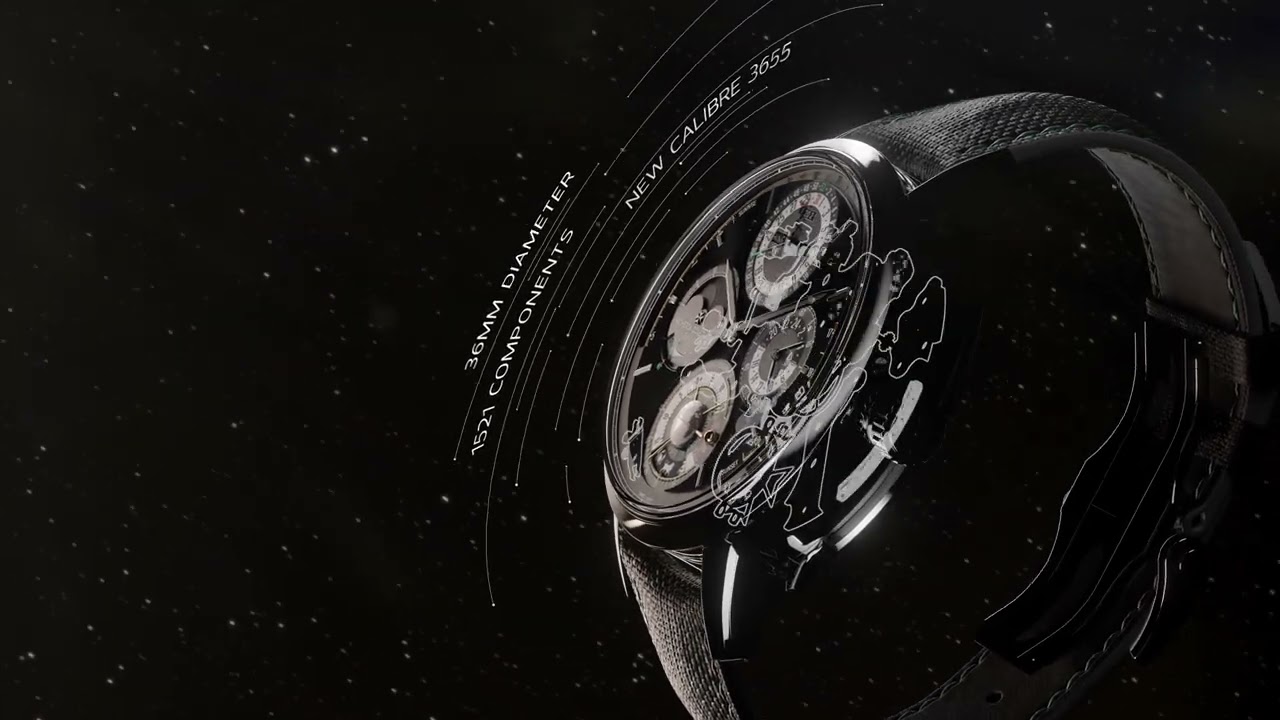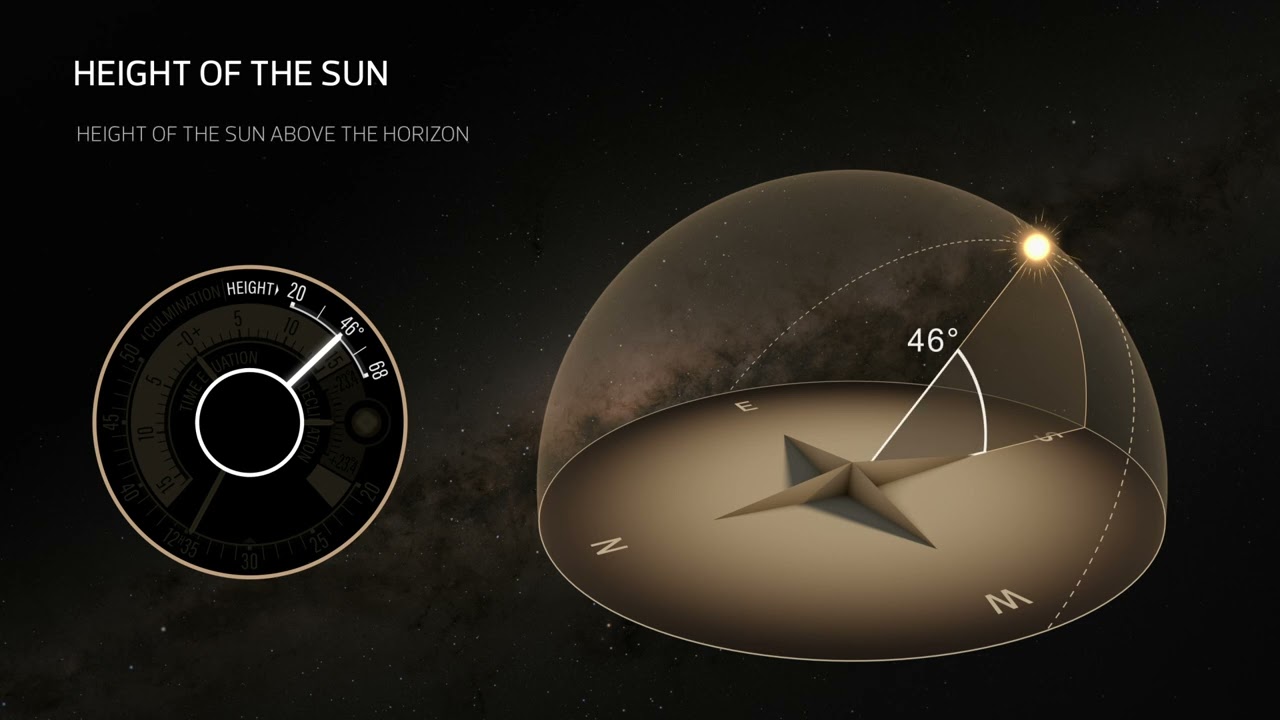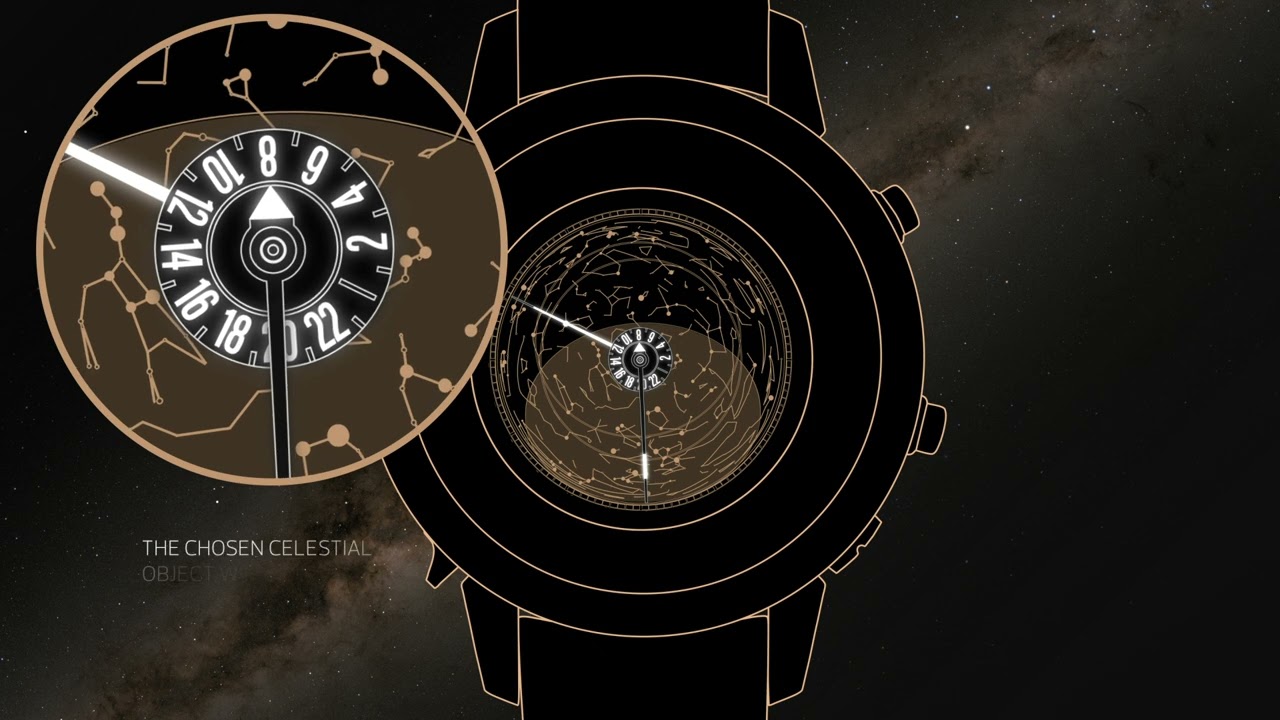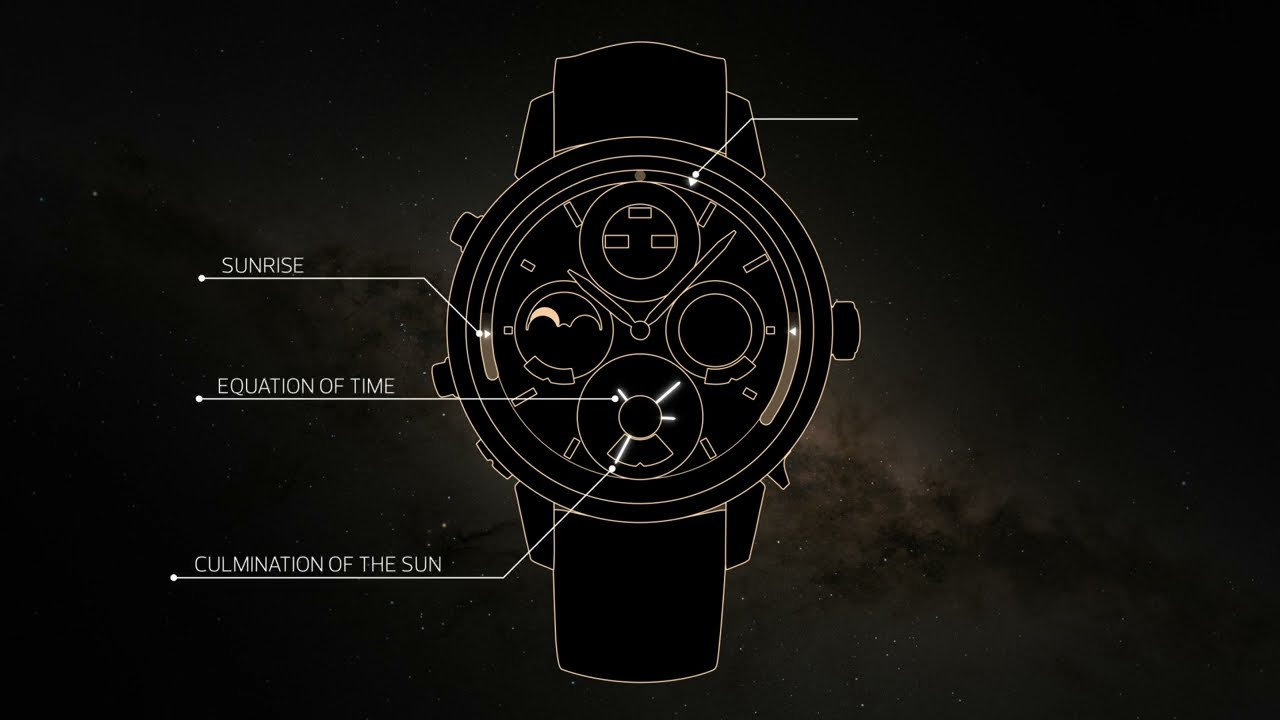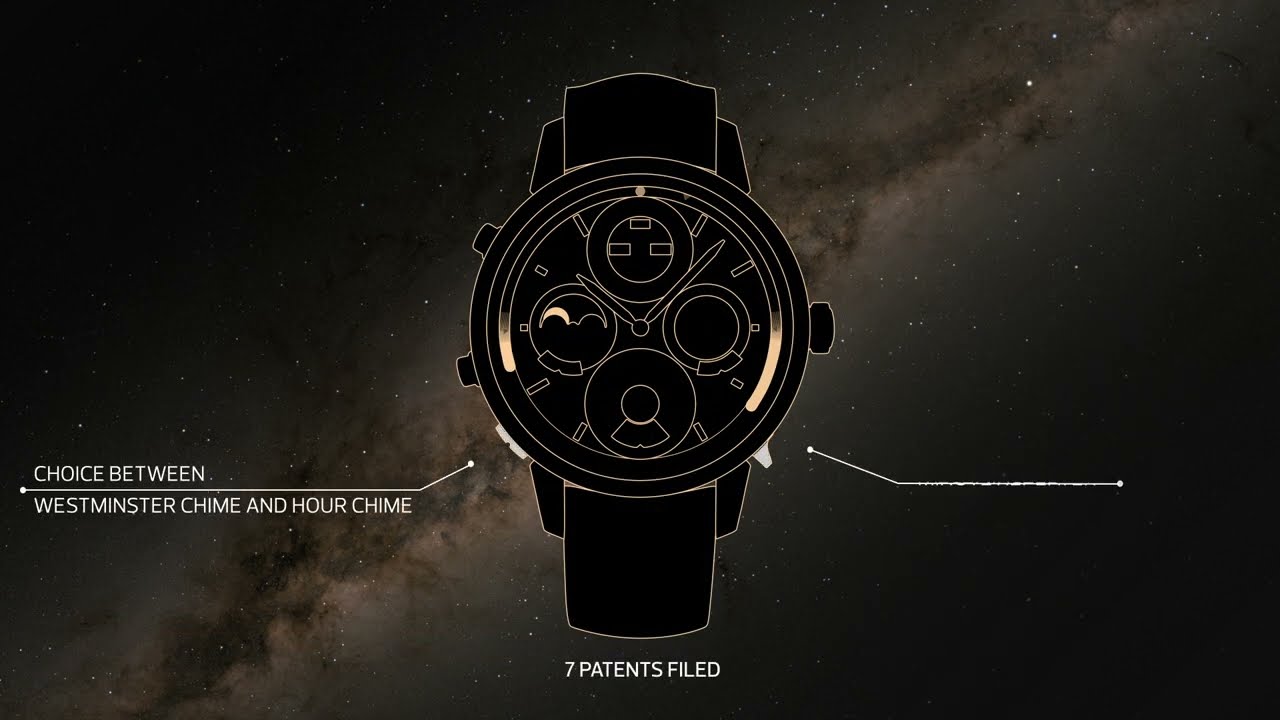5 rare astronomical complications including a world first
1 innovative Westminster minute repeater
13 patent applications filed
8 years of development
1521 components
✠
The most complicated wristwatch ever made, featuring 41 complications.
A new manufacture movement, Calibre 3655 – a masterpiece of innovation and miniaturisation, incorporating five rare astronomical functions including a world premiere.
A minute repeater with Westminster chime – 7 patent applications filed.
A feat of design in the elegant and legible integration and display of functions.


